Premium Only Content
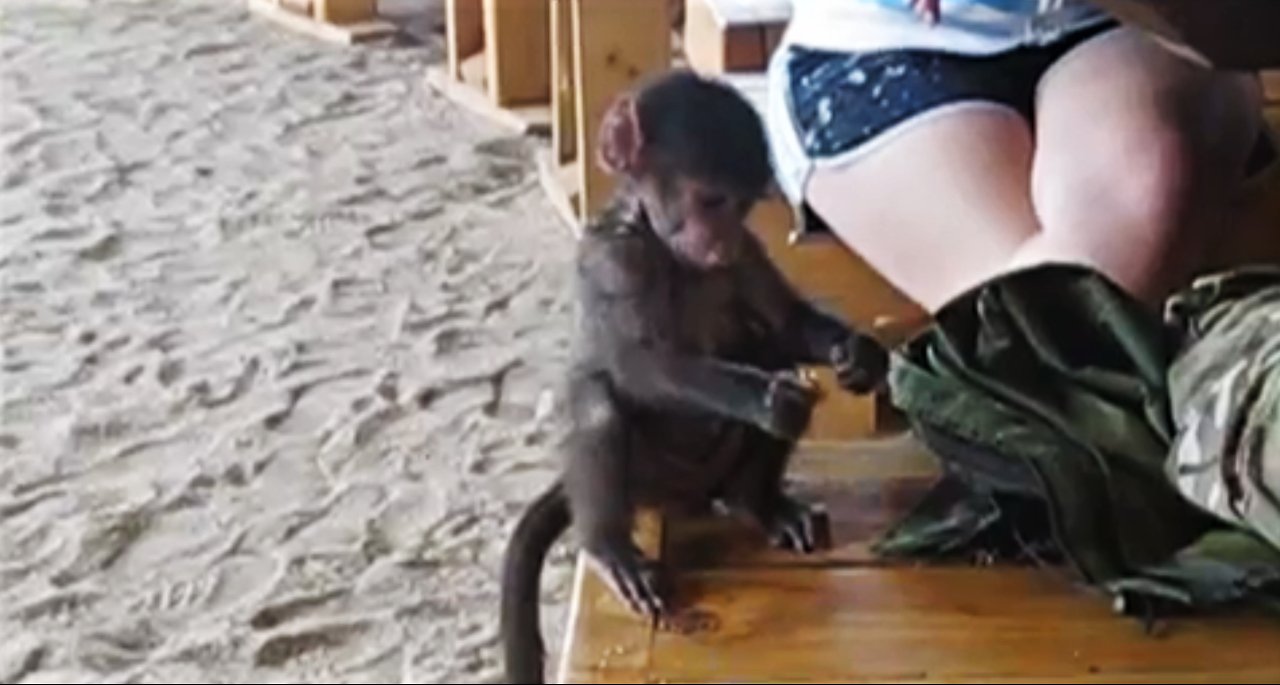
Rescued baby baboon will melt your heart!
This little baby baboon lost her mother and had to be rescued; now she is hand-reared at a Wildlife Sanctuary. There are many animals in a similar situation there, but because she is still so tiny, she still spends the whole day with her carers, only interacting with other baboons in their presence.
She is absolutely adorable and loves to play! Just look at her! Doesn't she act like a human toddler?! It's fascinating to watch!
The Chacma Baboon (Papio ursinus), is one of the five species of baboons, along with the Yellow baboon (Papio cynocephalus), the Olive baboon (Papio anubis), the Guinea baboon (Papio papio), and the Hamadryas baboon (Papio hamadryas). With the exception of the Hamadryas Baboon, which also occurs in the southwestern tip of the Arabian Peninsula, they are all native to the African continent. The Chacma Baboon occurs all over southern Africa, up to the Zambezi valley, Caprivi, and southern Angola.
Two subspecies of Chacma Baboon are recognized: Papio ursinus griseipes, occuring in south-west Zambia, Botswana, Zimbabwe, and Mozambique; and Papio ursinus ursinus, occuring in all provinces of South Africa and throughout Namibia.
They have the need to drink water daily, making water a limiting factor for their range, but they occupy subdesert and steppes, savanna, all types of woodland, montane regions, Cape Fynbos and Succulent Karoo.
Chacma Baboons live in troops of usually 20 to 50 members, but up to 130 individuals have been recorded together. The troops contain adult males, females and the babies, and it has a complex social structure, and are ranked by dominance.
Baboons are omnivorous and opportunistic, which means that they eat a little bit of everything, and will take whatever they can get their hands on, even though they might show a preference for bulbs, shoots, roots, seeds, and fruits. They can also eat fungi, lichen, invertebrates, small vertebrates and, occasionally, even small antelopes, or lambs and small stock, in some ranching areas.
They are usually considered pests, for raiding crops and livestock, which makes people shoot and poison them. They are also hunted for bushmeat, captured for the pet trade and can be used for medical research, but victims of urbanization as well, getting hit by cars or electrocuted.
-
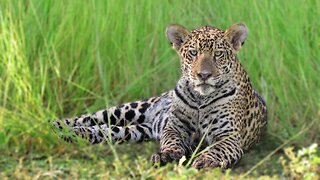 0:40
0:40
NataliaCara
1 year agoEncountering a beautiful jaguar cub in the wild!
1.18K2 -
 0:48
0:48
NataliaCara
5 years agoAdorable baby flamingo parade will melt your heart!
142K14 -
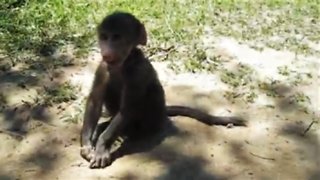 0:36
0:36
NataliaCara
5 years agoRescued baby baboon is too adorable
3304 -
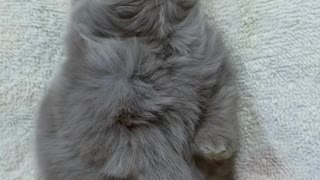 0:12
0:12
Adrianapost
5 years ago $59.79 earnedPrecious Baby Bunny Rabbit Will Totally Melt Your Heart
5.4K2 -
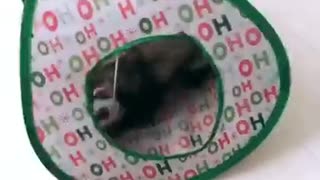 0:14
0:14
Rigatonitheferret
5 years ago $9.95 earnedFerret play time will melt your heart!
2.8K -
 0:11
0:11
Normanthepomsky
5 years ago $43.11 earnedPuppy's first swim will melt your heart
33.4K4 -
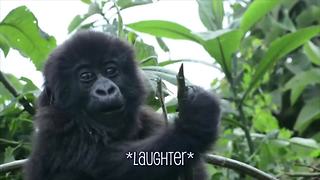 3:19
3:19
AFV
6 years agoThese Baby Animals Will Melt Your Heart
124 -
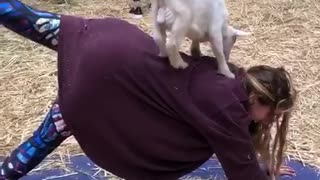 0:13
0:13
PatrickJameson
5 years ago $0.27 earnedGoat Yoga Will Melt Your Heart!
896 -
 0:29
0:29
fresnohumane
5 years ago $28.02 earnedPup's Adorable Expression Will Melt Your Heart
78.2K3 -
 2:55
2:55
BimalKumarPatel
5 years ago $0.43 earnedDaddy & daughter first date will melt your heart
6.83K1